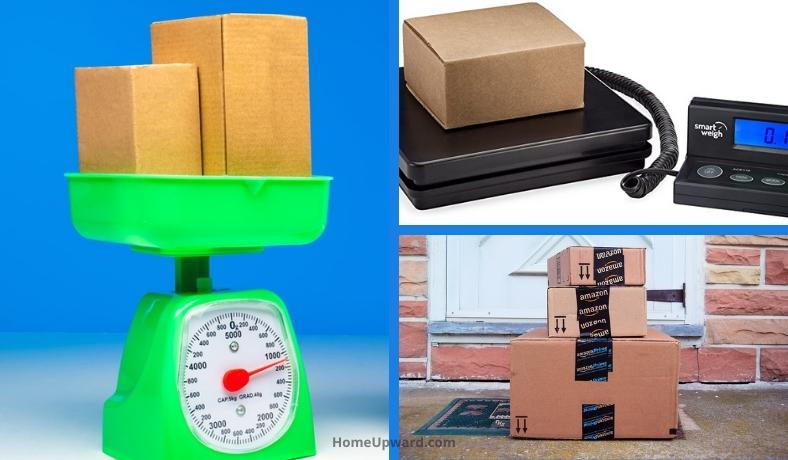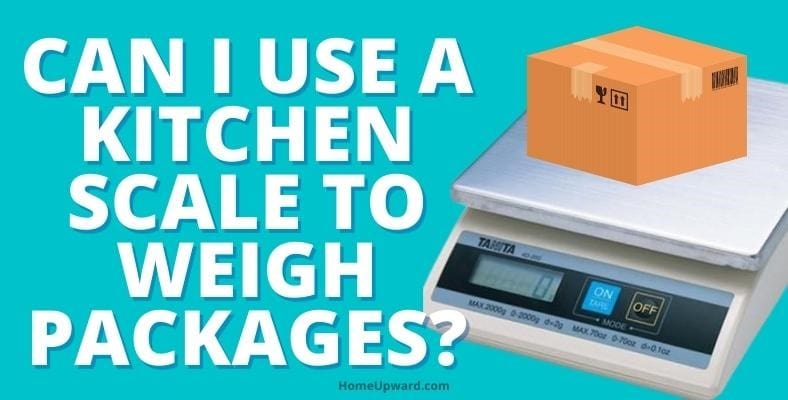One of the most common questions that people ask – especially new shippers – is how to weigh their packages at home for shipping.
In this article, we will be giving you answers to all the questions you may have concerning how to weigh a package at home like a pro. Just read along.
Contents
Why weigh a package at home?
Weighing a package at home saves the time of going to the post office or shipping company every time you need to mail something. This is especially helpful if you’re running a business from home and ship items very often.
It can also make the experience contact-free, as you can schedule pickups with major carriers such as the USPS, UPS, and FedEx. There are many options for adding postage to items from home.
Buy postage and schedule a pickup directly from a carrier or choose a private company to help you ship from home. Options include ShipStation®, Sendle, SendPro® Online, Ship.com, or one of many others.
These private shipping companies can also save you money, as they have worked out special deals with major shipping companies and allow you to check the rates of several companies before deciding which to use.
Each carrier or company will have specific instructions for figuring out the cost of shipping. You’ll need to figure out the package weight and dimensions as well as input the origin and destination for shipment and timeframe for delivery.
Can I use a kitchen scale to weigh packages?
A kitchen scale is a great way to weigh packages. These scales are fairly accurate, just keep in mind that each model is different.
Make sure that the scale you have goes to a high enough weight to adequately weigh your package and carefully place your item in the middle of the scale.
What else can I use to weigh packages?
If you will be sending packages from home regularly, it may be worth it to invest in a true postal scale. Some online shipping companies even provide a scale when you sign up for their monthly services.
If you’re measuring a pinch, a bathroom scale can be used. If your scale is sensitive enough, you can simply place the package on the scale.
If that method doesn’t work, weigh yourself first. Then weigh yourself holding the package and subtract the difference.
Another option is to combine the weight of the item and the packaging. The weight of packaging of many items can be found online.
If the items you wish to ship are small, there are weighing apps available. These will not work for large items, but the touchscreen’s pressure sensor on a phone can weigh small and light items.
How do you calculate dimensional weight?
The process of finding dimensional weight starts by multiplying the length by width by height of your package. Measurements need to be in inches and you round to the nearest whole inch.
Use a ruler or measuring tape if you have one handy. If not, there are printable rulers online.
You could also use a common object, such as an 8.5″x11″ piece of printer paper to figure out dimensions. Fold the paper in half for smaller packages.
Another idea is to use a measuring app. There are apps that can be downloaded that can determine the dimensions of a package thanks to the magic of your phone camera.
The results of these measurements are the cubic size of the package. The carrier then uses these numbers to come up with a minimum density.
What is dimensional weight?
Dimensional weight is the amount of space a package takes up in relation to the actual weight of the package. Most shipping companies look at both actual weight and dimensional weight and determine the charge based on whichever amount is greater.
A few years ago, carriers realized that it was not profitable to charge for shipping solely based on weight. Large packages that were very light were taking up lots of space in their trucks and on their planes and customers were not paying their fair share.
Therefore, major carriers switched to a system of using dimensional weight. Each carrier will have a predetermined weight that equals to the dimensions of the package.
For instance, a package that measures 7″x7″x7″ might have a dimensional weight of 3 lbs.
If a package weighs less than the amount that was determined before, it will be charged at the dimensional weight rate. If the package is heavier than the predetermined amount, you will be charged based on the actual weight of the package.
Other tips for weighing and measuring your package
Wait until your package is fully sealed up before weighing and measuring. This will give the most accurate figures.
If your package does not have a regular shape, you will need to measure at the longest points of each dimension.
It never hurts to take pictures and document the entire weighing and measuring experience. If there are any disputes over the figures or if your package becomes damaged or lost, you will have photo evidence to help clear things up.
What do I do after weighing and measuring my package?
After all weights and measurements are taken, you need to input that information into your website of choice. It can be done directly on the website of a major carrier or on the site of a private shipping company.
Ecommerce is booming and there are many choices for shipping from home. Work from your desktop or your mobile device to find the best options.
After all of the information, including weight, dimensions, origin, destination, and timeframe for delivery is put into the website, you will need to pay and print a shipping label.
After the label is printed, follow the instructions to affix the mailing label to your package.
After the package is ready to go, you will need to schedule a pickup through the carrier or via the app or website of the private shipping company.
If shipping things from home is a common occurrence in your life, it will just take a few times of going through this process to get the hang of it. Once you have the process down, it will make things much simpler for your family or your company.







